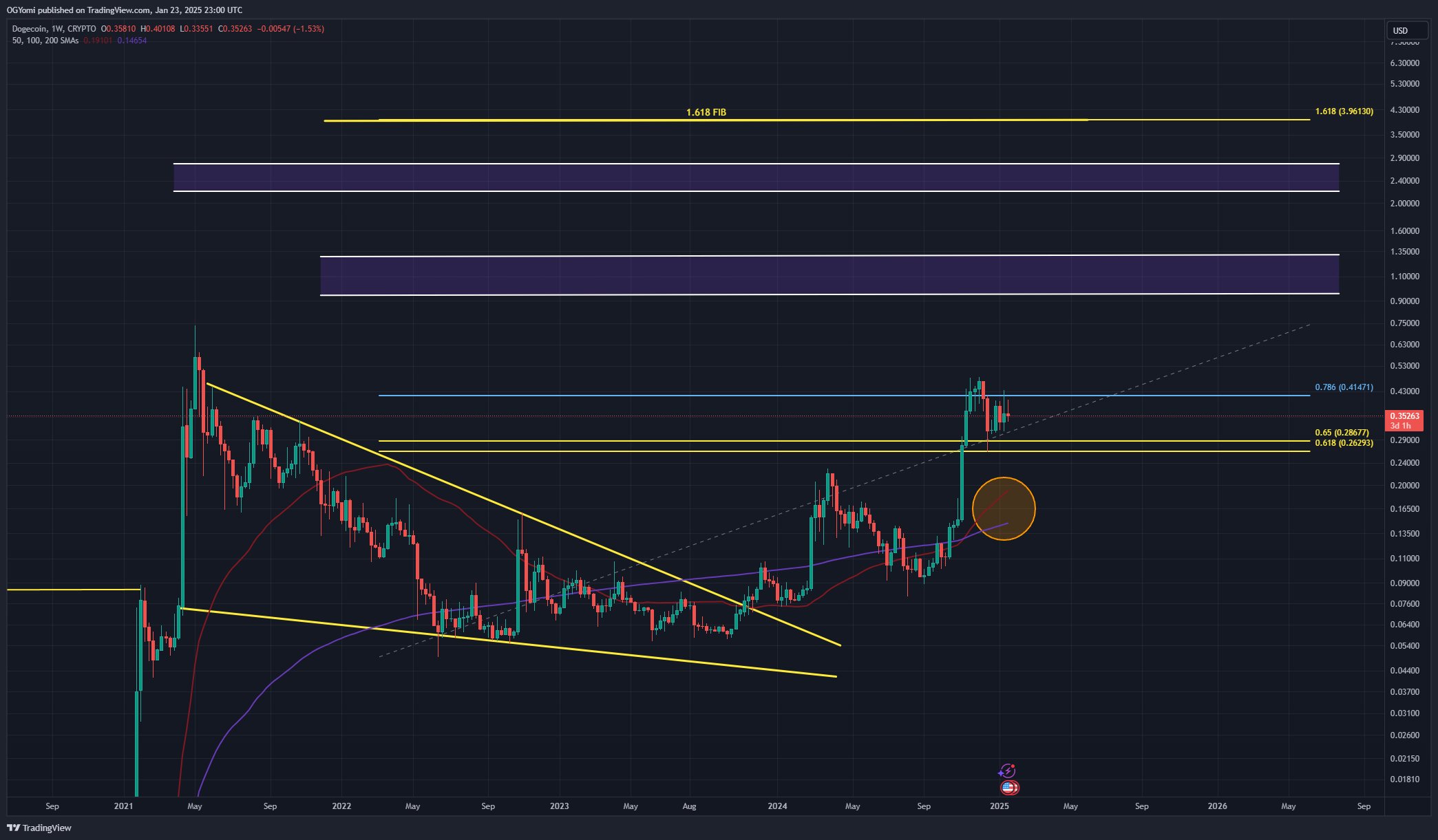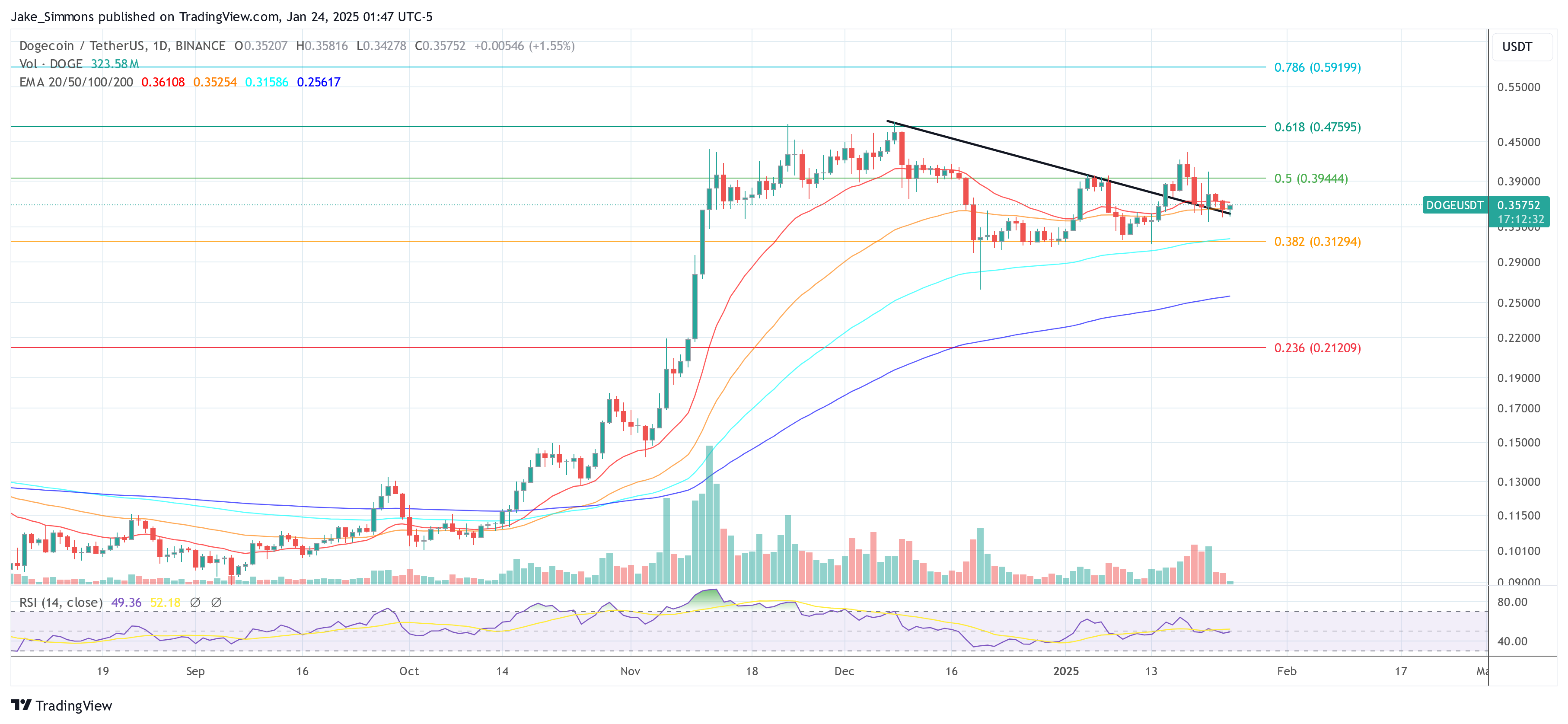One of Thailand’s richest families believes it overpaid for its acquisition of Selfridges and a handful of other luxury department stores in Europe as part of a £4bn deal in 2021.
Tos Chirathivat, executive chair and chief executive of family conglomerate Central Group, whose operations span retail, hospitality and real estate, told the Financial Times the price was “high” in hindsight, given increased interest rates globally.
Speaking in his first interview since buying the premium department stores, he added: “You would want the lowest price possible to buy something . . . is £4bn high? Yes, it’s high, especially in this environment.”
He added: “Maybe 10 years from now it won’t be too high, but if you ask today, then of course it’s too high.”
Central, which has sought to build its European luxury stores division since the acquisition of high-end department store Rinascente in Italy in 2011, is the majority owner of lossmaking Selfridges in the UK, De Bijenkorf in the Netherlands and the Brown Thomas and Arnotts brands in Ireland.
It bought the portfolio including the world-famous Selfridges store in 2021 from the billionaire Weston family with co-investor Signa Holding, making it only the fourth time the Oxford Street outlet had changed hands since it was founded in 1909 by Harry Gordon Selfridge.
Yet it has been far from plain sailing since then. Signa, the property empire of real estate mogul René Benko, unravelled at the end of last year in a collapse which saddled investors in Austria and Germany with billions of euros in losses. Last week Italian prosecutors issued an arrest warrant for Benko amid an investigation into alleged improprieties with his business in the South Tyrol region.
In October, Central struck a deal with Saudi Arabia’s Public Investment Fund to buy him out, with PIF now expected to own 40 per cent of Selfridges Group’s operating and property companies and Central the remainder when it completes.
Chirathivat said there had been “no issue” between Central and Signa during their years-long partnership — they went into business together after Benko sold the majority of Germany’s upmarket department store Kaufhaus des Westens, or KaDeWe, to Central in 2015.
However before Signa’s collapse, Central began to have concerns about its debt levels.
Chirathivat added that Central had no knowledge of Benko subsequently doing a deal with the PIF, which meant the Saudi group had a stake of about 10 per cent before agreeing its own deal with Central to increase this to 40 per cent. “He only told us later when it was done . . . that he sold part of it to the PIF.”
Central has spent the last 18 months “trying to clean up [the mess] because our partner [was] no longer able to continue”.

Chirathivat, whose grandfather and father immigrated from mainland China and together founded the family business in 1947, has fond memories of visiting Selfridges as a child.
“Department stores have always been in our blood,” said the 60-year-old. Central is Thailand’s biggest department store operator and the billionaire Chirathivat family is one of the country’s wealthiest. “Vacation also meant visiting stores, my dad would take me walking and look at the windows every night, whether it’s Saks Fifth Avenue, Selfridges or Harrods.”
He said after the Signa debacle Selfridges Group was now “on track” and “things are going very well”.
Cambridge Retail Group Holding, Selfridges’ holding company, recorded a pre-tax loss of £340mn in the 53 weeks to 3 February 2024, from £126mn in the same period a year earlier, partly because of a surge in its finance bill and administrative costs, although revenue jumped by 95 per cent to £1.6bn, from £804mn.

Central has enlisted André Maeder, who previously ran KaDeWe, as chief executive of the group to steady the ship and focus on investment in the flagship store on Oxford Street, although neither Maeder nor Chirathivat would say how much that would be.
Chirathivat added: “The focus is to ‘rebuild’ the [Selfridges flagship] store . . . We have three good floors [of six] . . . we are working to improve every area, whether it’s new products, brands, services, food and beverage outlets.
He said “the grand plan for Selfridges” was to become “the best store in the world”, admitting that currently it was probably in the “top five”.
It has installed new make-up counters to bolster its beauty offering and big luxury brands have also been increasing their floor space, Maeder added.
“I’m happy because there’s so much potential,” Chirathivat said. “We can do a lot more.”
































You must be logged in to post a comment Login